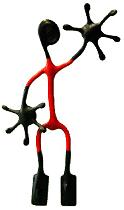

Dr. Rosemary Dubbeldam
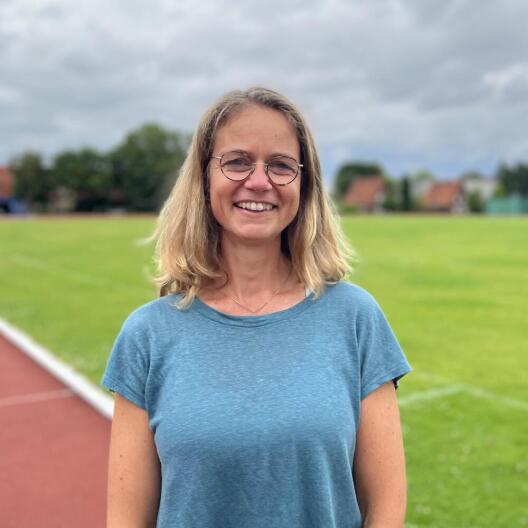
Rosemary has a background in Aeronautical engineering and Physiotherapy. She wrote her PhD on foot and ankle biomechanics in rheumatoid arthritis. In the past she has been working as a mechanical engineer developing occupant restraint systems (airbags), part-time physiotherapist specialised in foot and ankle injuries and as a senior biomechanical research engineer. In the latter function, she studied cycling balance of older and young adults, supported the design of safer bicycles, and continued studying the effects of pathologies on the foot and ankle. She started at the WWU Institute for Sport and Exercise Sciences in April 2018 and initiated the Clinical Biomechanics Lab. Since then, she has been setting up research projects, finding collaboration partners, supporting students and submitting grants for funding.
Lena Fennen, MSc
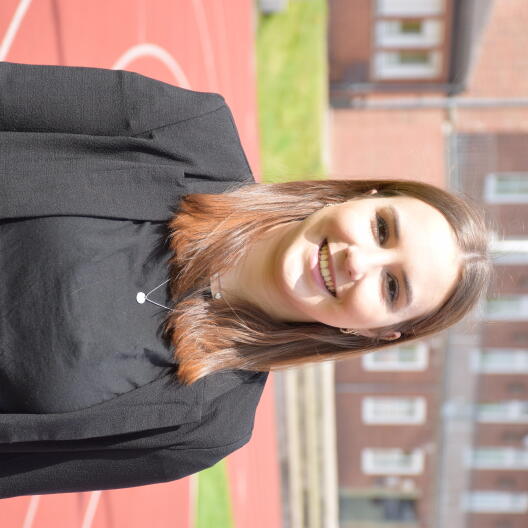
Lena finished her BSc degree in 2017 in "Human Movement in Sports and Exercise“ at the WWU and accomplished her subsequent MSc „Sports, Exercise and Human Performance“ in 2019. Since then she has joined the team of the movement science department and the workgroup clinical biomechanics, investigating foot segment motion during balance. Throughout her studies she also worked with performance analysis in cycling at the University of Greenwich. After that however, sticked to biomechanics, motion analysis and movement sciences as such. Now diving deeper into the dimensions of movement analysis and kinematic & kinetic data evaluation. Besides that, she is part of the local ethics committee and responsible for the department’s scientific internship support.
Berry (Yu Yuan) Lee
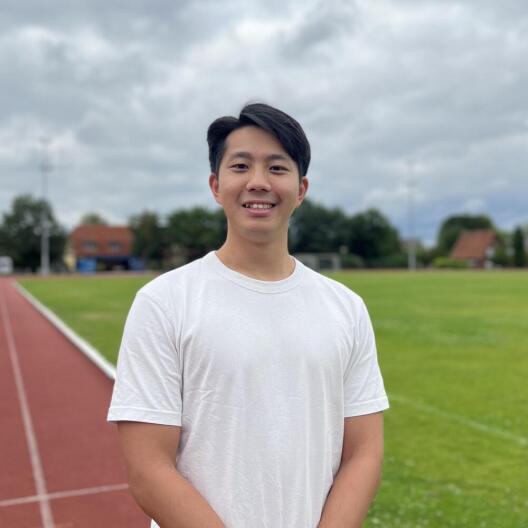
Berry is a 4th semester MSc student, who joined our team in his 2nd MSc semester at the start of 2020. He has a BSc degree in Biomedical Science from the Chang Gung University. Berry is good at coding, and wrote code in Matlab and Python to assess balance parameters, such as the inclination angle (for which the positions of the centre of pressure of the ground reaction force under the feet and the total body centre of mass need to be calculated first), the extrapolated centre of mass and Margin of stability for which the base of support is required. For his MSc M6 Research Project, Berry will compare these balance parameters during side walking to normal gait. Meanwhile, he is looking into machine learning techniques to use these parameters in his MSc thesis to predict balance loss during one-limb stance.
Victória Bissolate de Barcellos e Lima
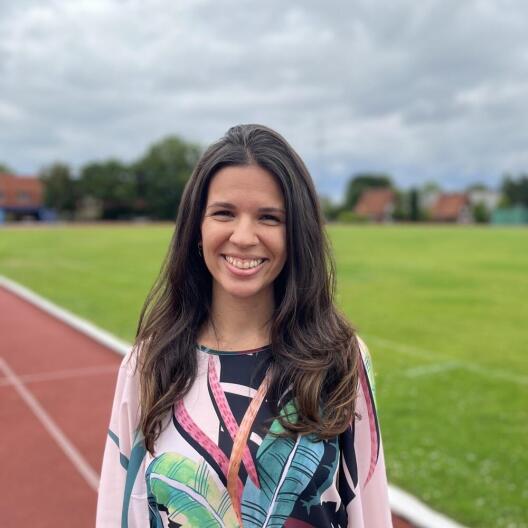
Victória is a 5th-semester Bachelor's student of Human Movement in Sports and Exercise. Prior to her studies at WWU, she was studying Physical Education in Brazil and has a particular interest in movement patterns analysis and injury prevention. She started at the Movement Science Department helping with the Ankle Instability project on 2021/1, on which she did her M12 Experimental Research Project, and since the beginning of 2022/2 is working as an SHK within the Department doing measurements, labeling, and data analysis.
Semjon Janauschek
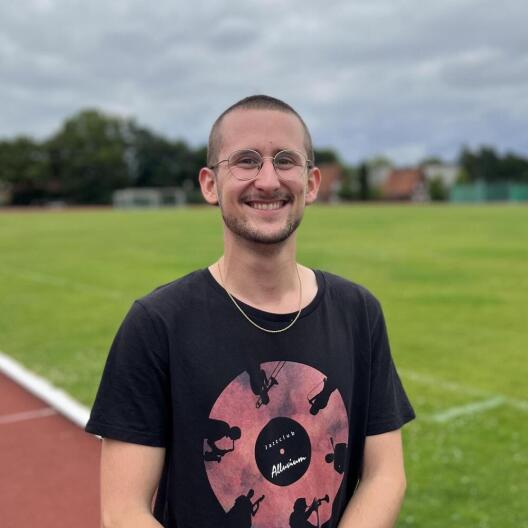
Semjon is a 6th semester BSc student, joining our team in spring 2022. Prior to the study program he worked as an orthopaedic technician, where he gained his interest in biomechanics and movement analysis. Semjon did his internship at Roessingh Research and Development, where he started to look into movement variability and complexity. He continues to do so for his BSc thesis, looking into the development of variability and complexity of center-of-pressure trajectories during 1-limb stance in patients with ankle instability. Semjon additionally is involved in measurements, labelling and processing data, coding, and statistical analyses.
Jaro Dietzsch
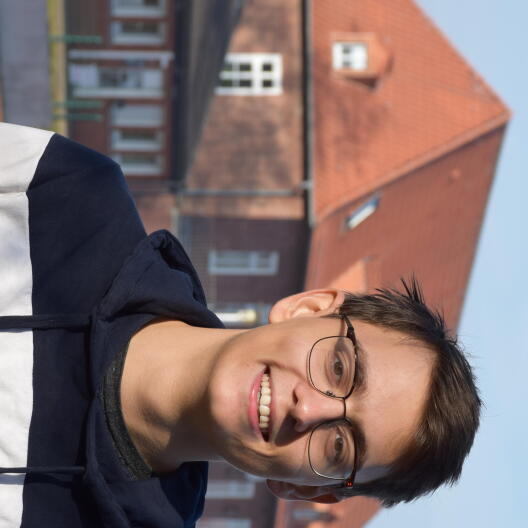
Jaro is in his 1st MSc semester and has been supporting our team during measurements in the OpenLab since spring 2019. His BSc M12 Experimental research project investigated the effect of skin preparation on skin impedance. Jaro assessed EMG amplitude parameters of leg muscle activity during various tasks after standard skin cleaning preparation and after rigorous skin cleaning preparations. This topic is especially relevant, since extensive skin preparation prior to an EMG measurement can lead to skin injuries and put a high stress on the participant. Jaro’s goal was to investigate whether or not this stress is justified by a higher resulting quality of the measurement.
Currently, Jaro is working on the labelling of 3D motion-captured data of the foot and ankle.


